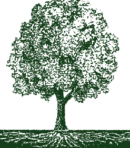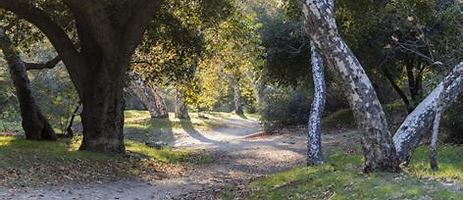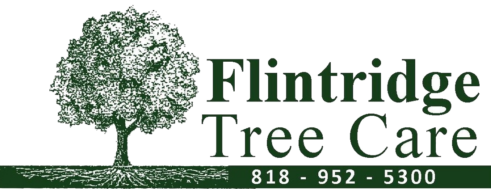In the realm of arboriculture and tree trimming stands as a crucial practice that serves not only aesthetic purposes but also ensures safety and promotes the longevity of trees. The act of trimming trees involves more than mere pruning; it is an art and science combined, aiming to enhance the beauty of landscapes, mitigate potential hazards, and support the health and longevity of trees. This article delves into the multifaceted benefits of tree trimming, exploring how this practice contributes to the overall well-being of both trees and their surrounding environment.
Tree Beauty
Trees, with their majestic presence, contribute significantly to the visual appeal of any landscape. However, their natural growth patterns may sometimes lead to irregular shapes, overgrown branches, or crowding, detracting from their overall beauty. Tree trimming, when done skillfully, can sculpt trees into more pleasing forms, accentuating their natural features and enhancing the overall aesthetics of the landscape.
One of the primary objectives of aesthetic tree trimming is to create balance and symmetry. By selectively removing branches that obscure the tree’s shape or inhibit its growth, arborists can craft a visually appealing canopy that complements the surrounding environment. Additionally, strategic pruning techniques such as crown thinning and crown raising can allow more sunlight to penetrate through the canopy, fostering the growth of vibrant foliage and colorful blooms.
Moreover, tree trimming enables homeowners and landscape designers to maintain desired sizes and shapes, preventing trees from outgrowing their designated spaces. This proactive approach to tree maintenance ensures that trees remain in harmony with their surroundings, preventing them from overshadowing other plants or structures and preserving the overall balance of the landscape.
Tree Safety
Beyond its aesthetic benefits, tree trimming plays a critical role in safeguarding both property and lives. Overgrown branches pose significant hazards, especially during inclement weather conditions such as storms or high winds. Weak or diseased limbs are prone to breakage, potentially causing property damage or personal injury.
Regular tree trimming helps mitigate these risks by identifying and removing hazardous branches before they become a threat. Arborists assess the structural integrity of trees, identifying signs of decay, disease, or insect infestation that may compromise their stability. By selectively pruning away diseased or weakened branches, arborists reduce the likelihood of limb failure, minimizing the potential for property damage and personal injury.
Furthermore, proper pruning techniques can alleviate structural imbalances within trees, reducing the risk of toppling or leaning. By promoting a well-balanced canopy and a sturdy trunk, tree trimming enhances the overall stability of trees, making them more resilient to environmental stressors.
Tree Longevity
The longevity of trees is intrinsically linked to their health and vitality, both of which are influenced by proper tree trimming practices. Regular pruning removes dead, dying, or diseased branches, preventing the spread of pathogens and preserving the overall health of the tree. By eliminating diseased tissue, arborists reduce the tree’s susceptibility to infections and promote the growth of new, healthy tissue.
Moreover, tree trimming stimulates growth by redirecting resources to areas of the tree that require additional support. By strategically removing competing branches or excessive foliage, arborists encourage the development of robust, well-structured limbs. This proactive approach to tree care fosters a strong root system and promotes upward growth, ensuring that trees continue to thrive for years to come.
Additionally, proper pruning techniques can extend the lifespan of trees by reducing stress and minimizing the impact of environmental factors. By removing excess weight from branches and improving airflow within the canopy, tree trimming reduces the strain on trees and enhances their ability to withstand adverse conditions such as drought, heat, or cold.
In summary, tree trimming is a vital practice that encompasses a myriad of benefits, ranging from enhancing beauty and ensuring safety to promoting longevity. By skillfully pruning trees, arborists can sculpt landscapes, mitigate hazards, and support the health and vitality of trees. Whether it’s shaping ornamental trees in a garden or maintaining the structural integrity of mature specimens, tree trimming is an essential component of responsible tree care. As stewards of the environment, we must recognize the importance of regular tree trimming in preserving the natural beauty and ecological balance of our surroundings.






